Intro
Identify 5 critical signs of Subarachnoid Hemorrhage, a life-threatening brain bleed, including sudden headache, vomiting, and seizures, to prompt medical attention and prevent further cerebral damage, stroke, and neurological deficits.
Subarachnoid hemorrhage is a life-threatening condition that requires immediate medical attention. It occurs when there is bleeding into the space between the brain and the tissue that covers it, known as the subarachnoid space. This condition can be caused by a variety of factors, including head trauma, blood vessel abnormalities, and high blood pressure. Recognizing the signs and symptoms of subarachnoid hemorrhage is crucial for prompt treatment and preventing long-term damage.
The importance of understanding subarachnoid hemorrhage cannot be overstated. It is a medical emergency that can lead to serious complications, including brain damage, stroke, and even death. The condition can affect anyone, regardless of age or health status, and it is essential to be aware of the warning signs to seek medical help quickly. In this article, we will discuss the 5 signs of subarachnoid hemorrhage, its causes, diagnosis, treatment options, and prevention strategies.
Subarachnoid hemorrhage is a complex condition that requires a comprehensive approach to management. It involves a team of healthcare professionals, including neurologists, neurosurgeons, and intensive care specialists. The treatment of subarachnoid hemorrhage typically involves a combination of medical and surgical interventions, aimed at stopping the bleeding, relieving pressure on the brain, and preventing further complications. Early recognition and treatment of subarachnoid hemorrhage can significantly improve outcomes and reduce the risk of long-term disability.
Introduction to Subarachnoid Hemorrhage
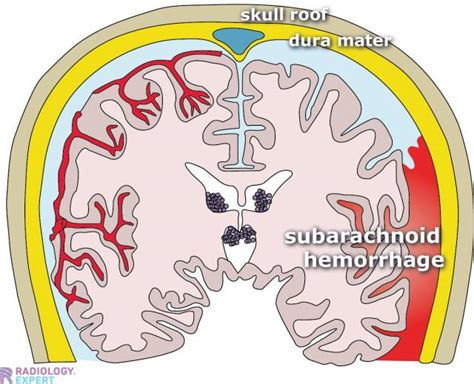
Causes of Subarachnoid Hemorrhage
The causes of subarachnoid hemorrhage can be divided into two main categories: traumatic and non-traumatic. Traumatic subarachnoid hemorrhage is caused by head injury, which can lead to bleeding into the subarachnoid space. Non-traumatic subarachnoid hemorrhage is caused by a variety of factors, including blood vessel abnormalities, high blood pressure, and bleeding disorders. The most common cause of non-traumatic subarachnoid hemorrhage is the rupture of an aneurysm, which is a balloon-like bulge in a blood vessel.5 Signs of Subarachnoid Hemorrhage
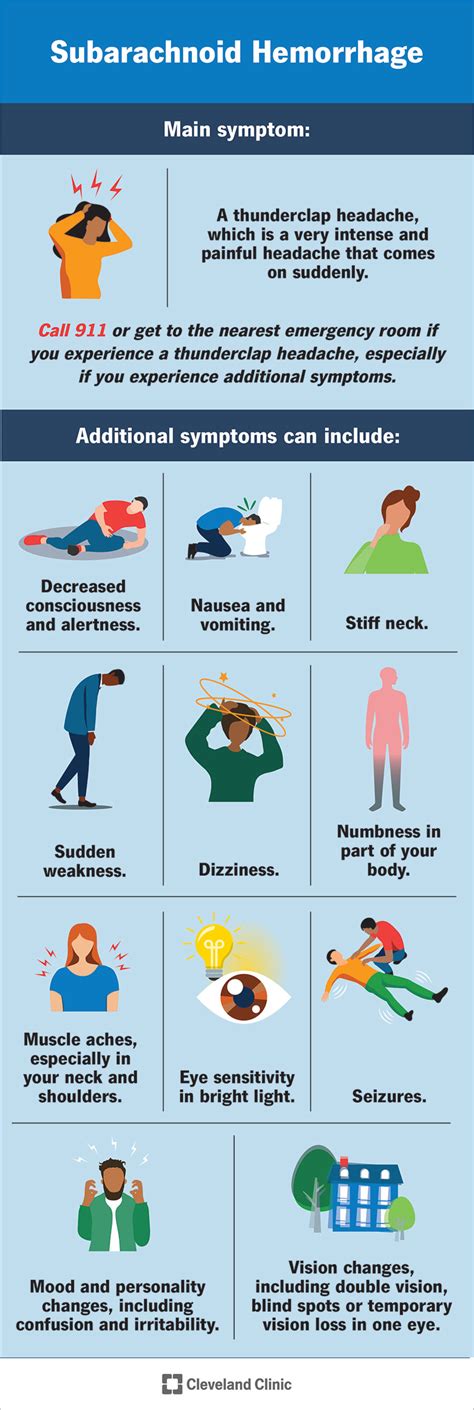
Sudden and Severe Headache
A sudden and severe headache is one of the most common signs of subarachnoid hemorrhage. The headache can be described as a thunderclap headache, which is a severe and sudden headache that reaches its maximum intensity within a minute. The headache can be accompanied by other symptoms, such as nausea, vomiting, and loss of consciousness.Diagnosis of Subarachnoid Hemorrhage
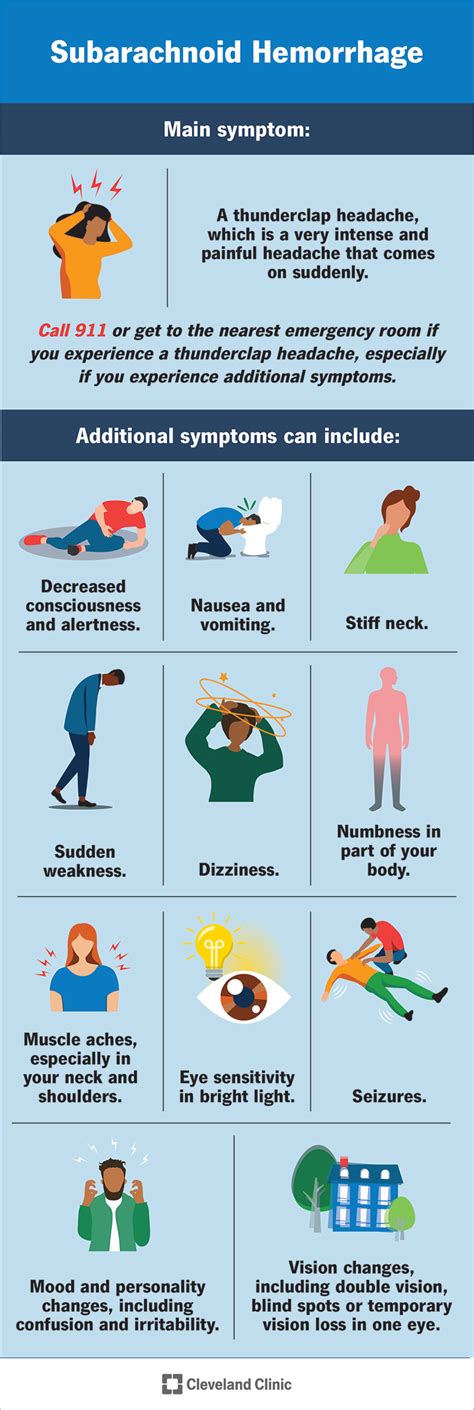
Computed Tomography (CT) Scan
A CT scan is a non-invasive test that uses X-rays and computer technology to produce images of the brain. The test can help to diagnose subarachnoid hemorrhage by showing the presence of blood in the subarachnoid space.Treatment of Subarachnoid Hemorrhage
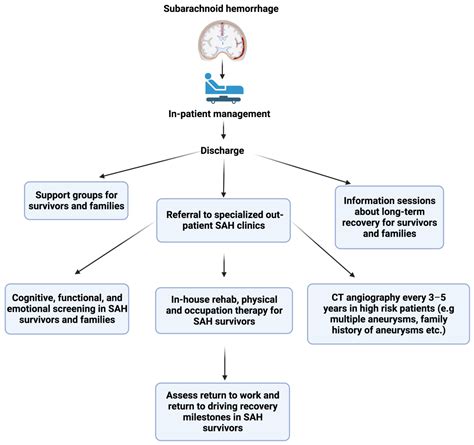
Surgical Interventions
The surgical interventions can include: * Clipping or coiling of the aneurysm * Repair of the blood vessel * Removal of the blood clotPrevention of Subarachnoid Hemorrhage
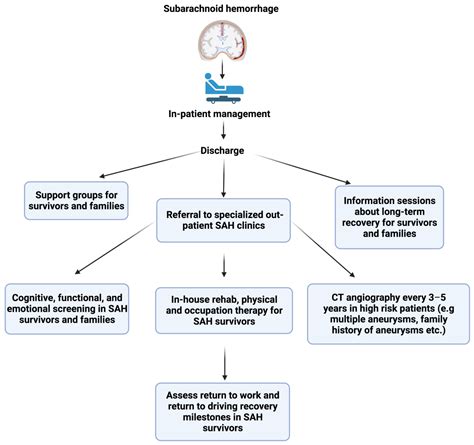
Managing Stress
Managing stress can help to reduce the risk of subarachnoid hemorrhage. Stress can cause an increase in blood pressure, which can lead to the rupture of an aneurysm. Engaging in stress-reducing activities, such as meditation, yoga, or deep breathing, can help to manage stress and reduce the risk of subarachnoid hemorrhage.What is the most common cause of subarachnoid hemorrhage?
+The most common cause of subarachnoid hemorrhage is the rupture of an aneurysm, which is a balloon-like bulge in a blood vessel.
What are the signs and symptoms of subarachnoid hemorrhage?
+The signs and symptoms of subarachnoid hemorrhage can include sudden and severe headache, nausea, vomiting, loss of consciousness, seizures, and weakness or numbness in the face, arm, or leg.
How is subarachnoid hemorrhage diagnosed?
+Subarachnoid hemorrhage is typically diagnosed using a combination of medical history, physical examination, and diagnostic tests, such as CT scan, MRI scan, lumbar puncture, and angiography.
In conclusion, subarachnoid hemorrhage is a life-threatening condition that requires immediate medical attention. Recognizing the signs and symptoms of subarachnoid hemorrhage is crucial for prompt treatment and preventing long-term damage. By understanding the causes, diagnosis, treatment options, and prevention strategies, individuals can reduce their risk of subarachnoid hemorrhage and improve their overall health. If you or someone you know is experiencing any of the signs or symptoms of subarachnoid hemorrhage, it is essential to seek medical help quickly. We encourage you to share this article with others, comment below with your thoughts, and take the necessary steps to protect your health.
